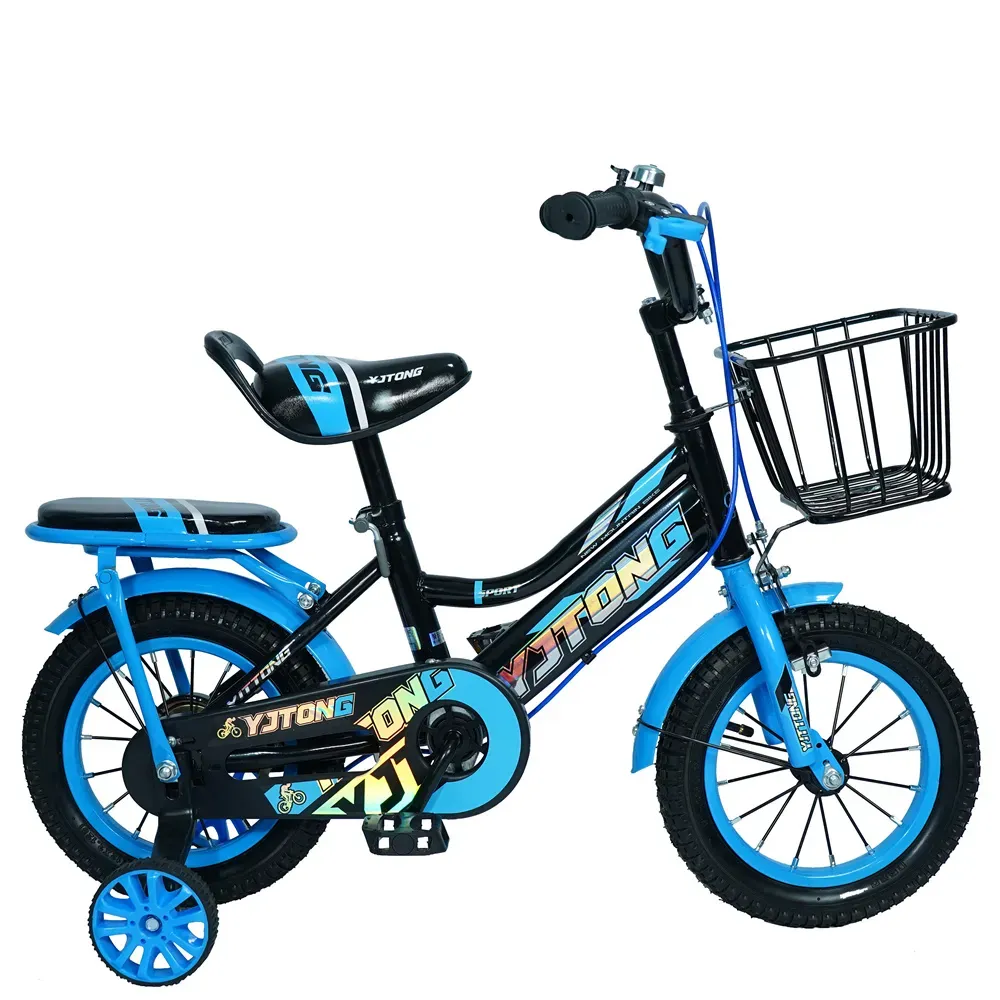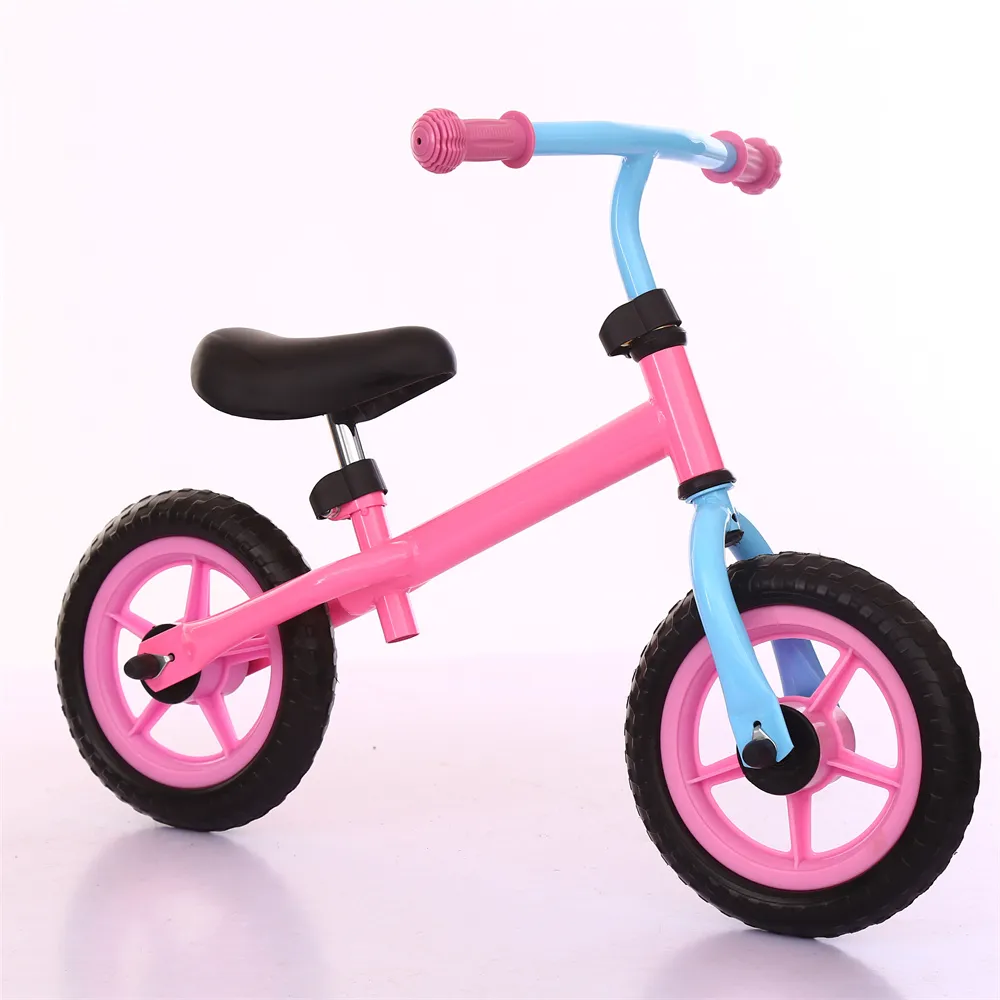Mar . 04, 2025 01:37
Back to list
mountain bike quality
When it comes to investing in a mountain bike, one of the most critical aspects potential buyers consider is the quality of the bike. This does not only relate to the materials used in its construction but also to its performance on various terrains, durability, and the engineering expertise that goes into crafting each component. The secret to finding a mountain bike that ensures longevity, efficiency, and a thrilling ride is understanding what truly defines quality in this sphere.
Gearing systems are another determinant of bike quality. High-quality mountain bikes feature gearing systems with a wide range of speeds and smooth shifting capabilities. Brands like Shimano and SRAM dominate the market with their offerings that include a vast number of gears, suitable for tackling varied terrains and inclines. A seamless, responsive shift can drastically influence your riding experience, making it an indispensable factor in determining a bike's overall quality. Wheel and tire considerations further reflect upon a mountain bike's quality. Quality bikes often come equipped with tubeless tires, which reduce the risk of punctures and allow for lower tire pressure, thus enhancing traction. The type of tread on a tire is also vital; for instance, knobby tires provide better grip in muddy and loose conditions, which is essential for rocky or slippery trails. Meanwhile, wheel size—ranging from 26-inch to 29-inch—affects how a bike handles different terrains. Larger wheels roll over obstacles more easily, providing a smoother ride, but it's vital that riders choose a size that complements their style and frame size. Finally, the drivetrain system impacts the mountain bike's performance and maintenance requirements. A high-quality drivetrain, such as the 1x system that features only one chainring in front, simplifies the riding experience by reducing the complexity of shifting and making the system less prone to mechanical issues. Quality bikes also incorporate components designed to withstand the rigors of off-road riding, ensuring longevity and consistent performance. In summary, a high-quality mountain bike is characterized by the synergy of its frame material, suspension design, braking system, gearing precision, wheel and tire technology, and drivetrain efficiency. Though finding the right combination of these elements can be challenging, understanding these core components arms you with the expertise to make an informed decision. Prioritize quality to not only enhance your riding experience but also to secure a bike that will maintain its performance and durability over years of thrilling adventures.


Gearing systems are another determinant of bike quality. High-quality mountain bikes feature gearing systems with a wide range of speeds and smooth shifting capabilities. Brands like Shimano and SRAM dominate the market with their offerings that include a vast number of gears, suitable for tackling varied terrains and inclines. A seamless, responsive shift can drastically influence your riding experience, making it an indispensable factor in determining a bike's overall quality. Wheel and tire considerations further reflect upon a mountain bike's quality. Quality bikes often come equipped with tubeless tires, which reduce the risk of punctures and allow for lower tire pressure, thus enhancing traction. The type of tread on a tire is also vital; for instance, knobby tires provide better grip in muddy and loose conditions, which is essential for rocky or slippery trails. Meanwhile, wheel size—ranging from 26-inch to 29-inch—affects how a bike handles different terrains. Larger wheels roll over obstacles more easily, providing a smoother ride, but it's vital that riders choose a size that complements their style and frame size. Finally, the drivetrain system impacts the mountain bike's performance and maintenance requirements. A high-quality drivetrain, such as the 1x system that features only one chainring in front, simplifies the riding experience by reducing the complexity of shifting and making the system less prone to mechanical issues. Quality bikes also incorporate components designed to withstand the rigors of off-road riding, ensuring longevity and consistent performance. In summary, a high-quality mountain bike is characterized by the synergy of its frame material, suspension design, braking system, gearing precision, wheel and tire technology, and drivetrain efficiency. Though finding the right combination of these elements can be challenging, understanding these core components arms you with the expertise to make an informed decision. Prioritize quality to not only enhance your riding experience but also to secure a bike that will maintain its performance and durability over years of thrilling adventures.
Prev:
Next:
Latest news
-
Baby Balance Bike OEM Service – Kids No-Pedal, LightweightNewsNov.10,2025
-
OEM Kids Bike Children Bicycle – Cheap Wholesale BicyclesNewsNov.10,2025
-
Kids Bike New Model 12–18 inch Boys & Girls Bike, AdjustableNewsNov.10,2025
-
China Cheap Price Safe Kids Bike for 10yo w/ Training WheelsNewsNov.10,2025
-
China CE-Certified Kids Balance Bike, Guaranteed QualityNewsNov.10,2025
-
Colorful Outdoor Flashing Carton Children Scooter for KidsNewsNov.10,2025
-
Best Price Kids Balance Bike – Superior Quality, No PedalsNewsNov.10,2025








